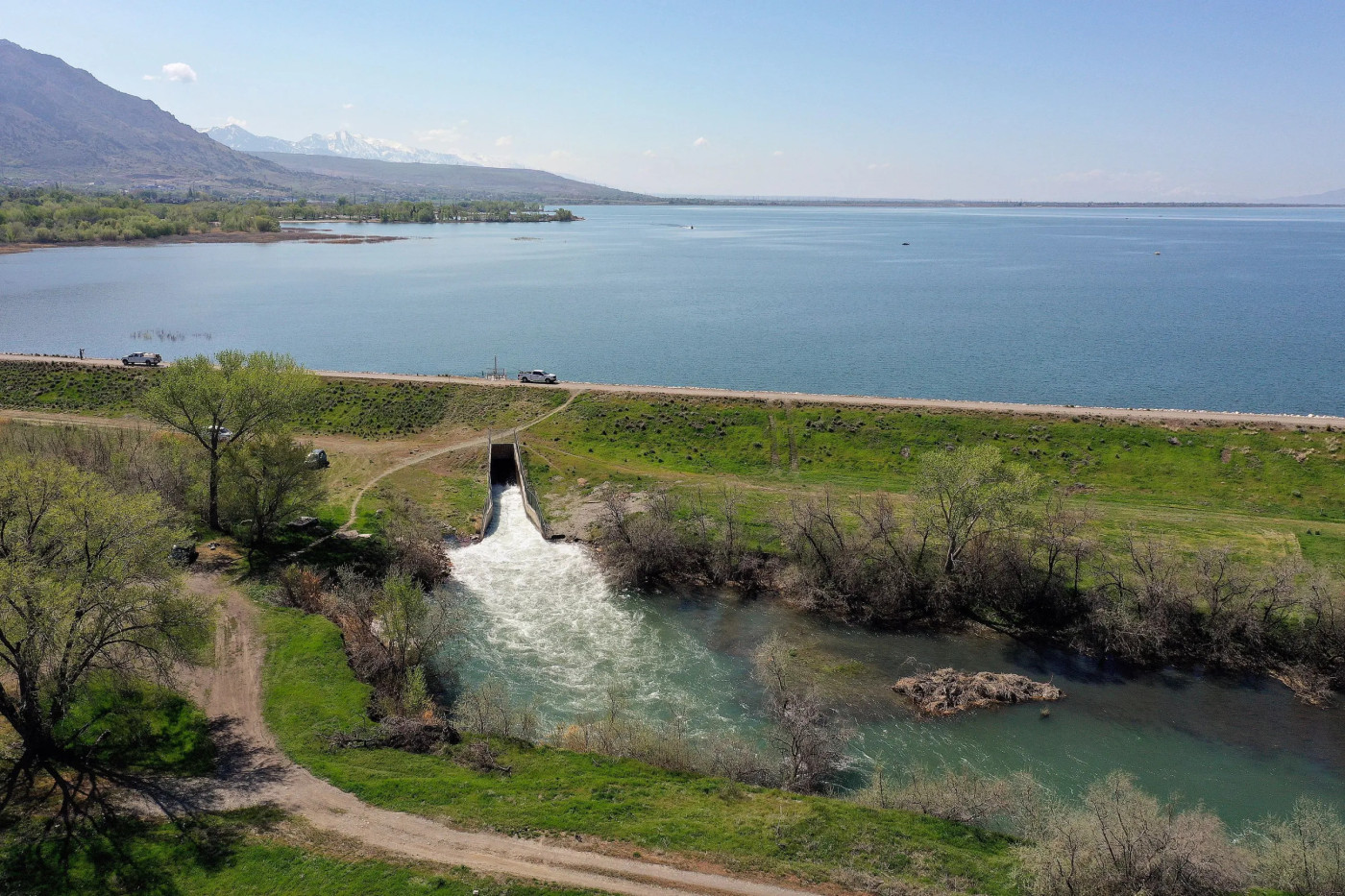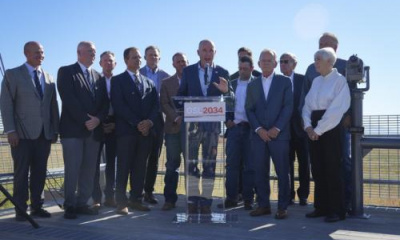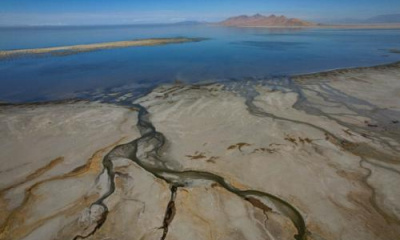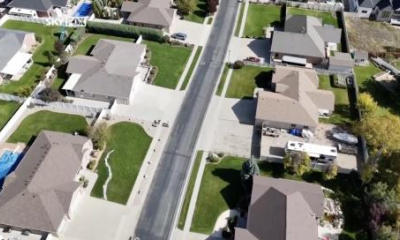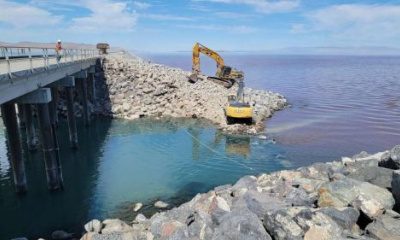71.6 billion gallons of water will come from upstream reservoirs
With the turn of a wheel, 650 million gallons of water a day will eventually travel from Willard Bay to the ailing Great Salt Lake.
Although the lake has risen four feet since its historic low reached in November of last year, four feet is not nearly enough to make the Northern Hemisphere’s largest saline lake recover from years of drought and over diversion from its tributaries.
But this is a start.
The Weber Basin Water Conservancy District is using its “flood rights” over the course of the next two to four weeks, and in total will deliver 71.6 billion gallons of those water rights to the lake. This is part of the 2.5 billion gallons of water per day flowing past the Willard Canal into the Great Salt Lake.
At the same time, the move will relieve pressure on the Weber River, help to stave off flooding in some areas and give a boost to the lake’s struggling ecosystem which is home to thousands upon thousands of birds.
The event was celebrated Thursday by officials at Willard Bay under clear skies and a slight breeze amid palatable enthusiasm.
Marcelle Shoop, director of the saline lakes program for the National Audubon Society and executive director of the Great Salt Lake Enhancement Trust, said this is an important step to help connect the bays along the lake, including Bear River, Ogden and Gilbert.
“All these flows are going to the Great Salt Lake to help raise the lake level,” she said, adding that is a good thing for the wildlife that depends on its briny water for sustenance.
Scott Paxman, general manager of the Weber Basin Water Conservancy District, said this release happens every 10 years or so and serves a dual purpose as flood control and to help the lake.
“I cannot tell you how grateful I am to be standing here to see this release of water into the Great Salt Lake,” said Sen. Scott Sandall, R-Tremonton.
Lawmakers over the last two years have poured $2 million into the arena of water conservation and infrastructure, including the $40 million trust now headed by Shoop.
Sandall got $200 million appropriated for agricultural optimization to help farmers and ranchers conserve water more efficiently and also to allow them to lease unused portions of their water rights, without having to relinquish them.
It was a huge policy shift, and is another way for water to make it to the lake.
There are turf buyback programs and a robust requirement of the metering of secondary water — which, in Weber and Davis counties, has resulted in consumption decreases by as much as 30%.
Because the Utah Division of Forestry, Fire and State Lands owns the bed of the Great Salt Lake, lawmakers also instituted a new provision that allows that division to acquire water rights on behalf of the lake.
These are all solutions in the long term that will help tamper Utahns’ water consumption and help not only the Great Salt Lake, but other reservoirs that have struggled to fill.
The emphasis, however, is on the long term.
Lawmakers and advocates as well fear this record snowpack year will result in a decreasing urgency to conserve water because of the flooding hitting many areas of the state.
Utah, after all, is the second most arid state in the nation and it took more than a century to drop the Great Salt Lake by 10 feet.
The snow presents its own sort of strange challenges.
“Just because we have been given this gift does not mean we should not prepare for the future,” Shoop said. “We really need to change our consumption in this state.”
Both Sandall and House Majority Leader Mike Schultz, R-Hooper, worry that people will take their eye off the “ball” on the need to conserve water.
“We have been blessed with water and it is nothing the legislature has done,” Schultz said. “But it is incumbent upon us to do something for our kids and our grandkids. We can’t make water, but we can conserve.”
Sandall added that one great water year is not the answer.
“It will not keep us on the right trajectory with the growth we have had in this state. We’ve had a reprieve that will help us prepare for the next time we hit a drought.”
Sandall said the state Legislature remains committed, even in light of this reprieve, to continue to search for, and fund solutions for Utah’s water use.

